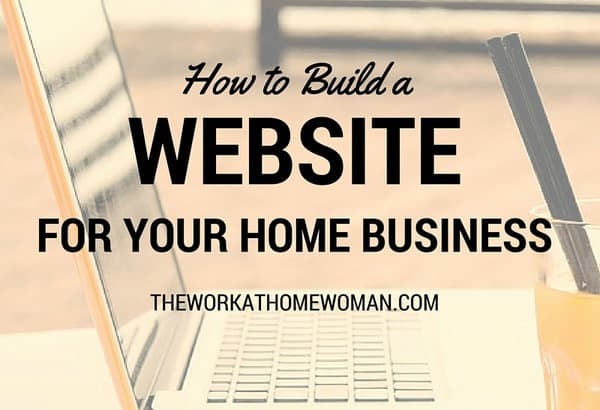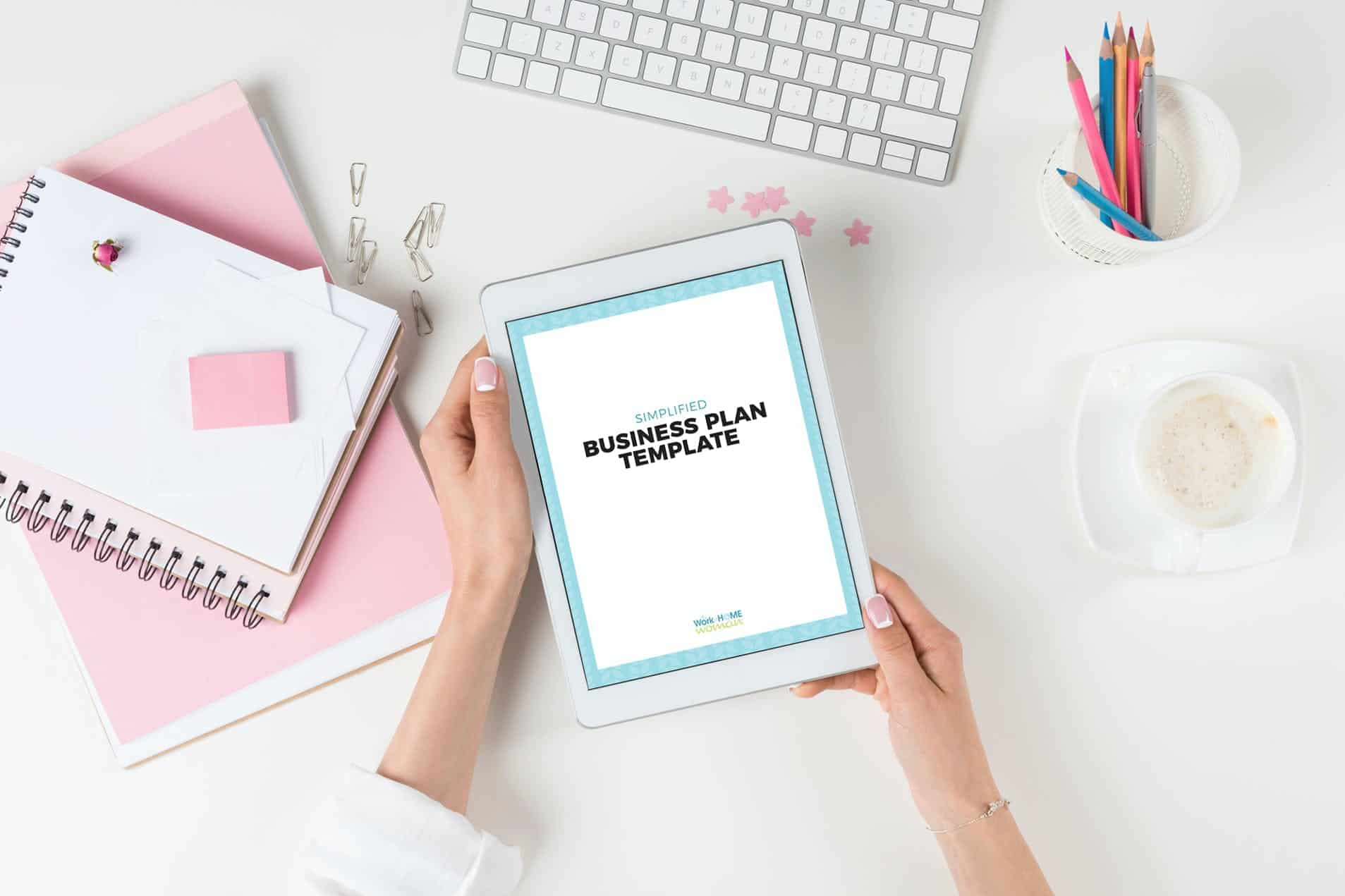
When I came up with the idea for this website, one of the things I struggled with was how to create a website. I’d heard of HTML and Dreamweaver but had no clue how to use them. I’d also had friends who had used graphic designers to build them custom websites for thousands of dollars — which I couldn’t afford.
I knew there had to be an easier and more affordable solution.
Through my research, I found some website builders that were both affordable and easy to use, but they lacked the professional design that I wanted. Luckily, I found a graphic designer who introduced me to WordPress, a content management system (CMS).
What is a CMS?
In simple terms, a CMS is a computer application that allows publishing, editing, modifying, organizing, deleting, and maintaining content from a central location.
Today there are many CMS platforms to choose between. Which platform you choose is going to come down to these four factors:
- Price
- Ease of use
- Functionality
- Personal design and appeal
So whether you’re selling handmade crafts, marketing a virtual assistant business, or creating a moneymaking blog — here are the steps you’ll need to take to build your website.
1. Select a Content Management System
When you choose a CMS, you’ll need to determine what type of site you need. While most CMS platforms can be modified to perform almost any function — some platforms are better suited for certain tasks. For this website, I used WordPress. It’s easy to use, has a ton of functionality, and it’s totally free — all you need to do is purchase your domain name and hosting.
Here are some CMS platforms to check out:
Blogging Platforms:
E-commerce Websites:
Website Builders:
2. Get a Hosting Plan and Domain Name
When choosing a hosting company you’ll want to make sure that you get one that’s reliable, affordable, and that has excellent customer service. Over the years, I’ve had to switch hosting companies three times — which is a total pain in the neck. The first time I changed companies was because of terrible service all around. The second time I switched was because my site outgrew my server. The third time I switched companies due to an increase in rates, and now I’m using BigScoots. I’m extremely happy with their hosting and customer service, and if needed, I can upgrade to a more robust plan with just a few clicks.
Once you’ve chosen a host — you’ll need to purchase a domain name. This is the web address that people will type into the search bar to find your website. Often this can be bought from the same place you purchased your hosting package. In fact, Bluehost gives you a free domain name when you purchase your hosting through them.
When you choose a domain name you’ll want to follow these simple rules:
- Keep it simple. Refrain from words that are difficult to spell or hard to remember.
- Use a dot.com – .com is what most people remember when typing in a web address.
- Beware of words with multiple spellings and meanings: to, two, too, or 2.
Here are a few hosting companies to check out:
3. Build Your Site
Once you have all of the above components you can put them together to create your website. Back in 2009 when I created my site – I needed the assistance of a web programmer to put everything together. Today many hosting companies offer one-click installs which makes the process extremely easy.
If you need further instruction on how to install — take a look at this post. It has a step-by-step tutorial on how to put it all together through BlueHost.
4. Make Your Website Pretty
When I launched my blog, I hired a graphic designer to create a custom theme for me, and while I love my design — it was pricey. If I had to do it all over again, I would use Bluehost with their 1-2-3 easy upload and a template from StudioPress. In fact, when I did my site redesign a few years ago, I used a StudioPress theme. Not only are these templates affordable, but they look great, and they’re super easy to modify.
To help make your site stand out, I suggest getting a custom logo designed. If you’re launching your website on a shoestring budget, try Fiverr — where freelancers only charge $5 for their services. I haven’t used Fiverr for logo design, but I have used them for other sorts of images, and I’ve been happy with the results. Or you can try a service like 99 Designs where you answer a few questions and have designers compete to create you a winning design.
Here are some other designers I’ve used or whose designs I like:

5. Must Haver Pages For Your Website
No matter what type of website you create there will be some pages that you must have and these include:
A. Home Page
This is the first-page customer view, so make sure that it’s easy to navigate, it has a clear statement of who you are and what you offer; for bloggers, this will be your tagline. You’ll also want to include a call to action (CTA) — what do you want the reader to do next?
B. Contact Page
How can the reader or customer get in touch with you? At the very least you should have your email address or contact form listed on this page. You may also want to include a physical address or P.O. Box, telephone number, fax number, and social media profiles.
C. About Page
Customers want to know you’re legit — so be sure to include who you are, how you got started, your qualifications, press coverage, awards, and accolades, as well a professional-looking headshot.
D. Service Offering or Advertising Page
This is where you’ll list your services, products, or advertising solutions. Include a summary of your services, benefits, prices, policies, and testimonials.
E. Terms of Service
On this page, you’ll want to explain the standards and practices of use for your website. This page is a good place to talk about your privacy and disclosure policies. If you’re a blogger, and you review products, accept forms of cash advertising, or you participate in affiliate marketing — the FTC requires that you disclose these relationships.
You can generate a free disclosure policy here.
F. Privacy Policy
If you collect email addresses for your email newsletter, it is required by law to have a privacy policy on your website. Also, with new GDPR rules, you are required to let users know how you use their personal information. If you need help drafting your policy, you can check out Businessese for DIY legal forms.
6. Get Traffic to Your Website
Now that you have everything in place it’s time to let the world know that you’re there. Here are a few ways to get eyeballs on your website or blog.
Let the search engines know you’re live by submitting your website to their directories:
Increase your readership by hosting a giveaway. Once your giveaway is live, submit it to these sweepstake sites for more traffic:
Use social media to let readers know about a sale, promotion, or new blog post:
Keep in touch by sending out a weekly or monthly newsletter:
Read this article for FREE email marketing services.
For information on creating content, getting traffic, and monetizing your website — grab my FREE blogging e-book.







